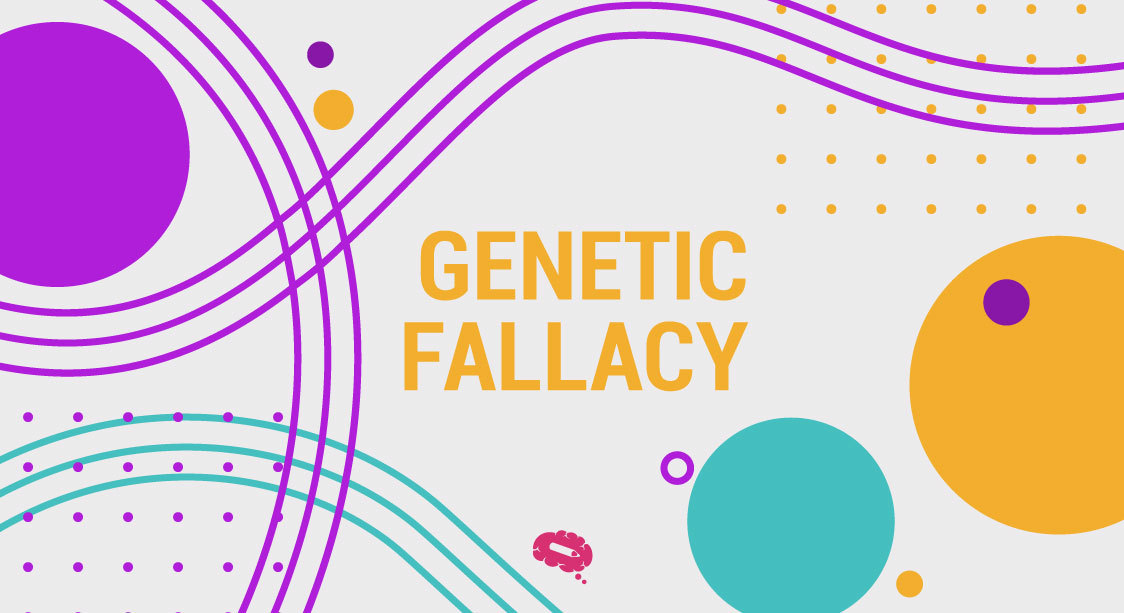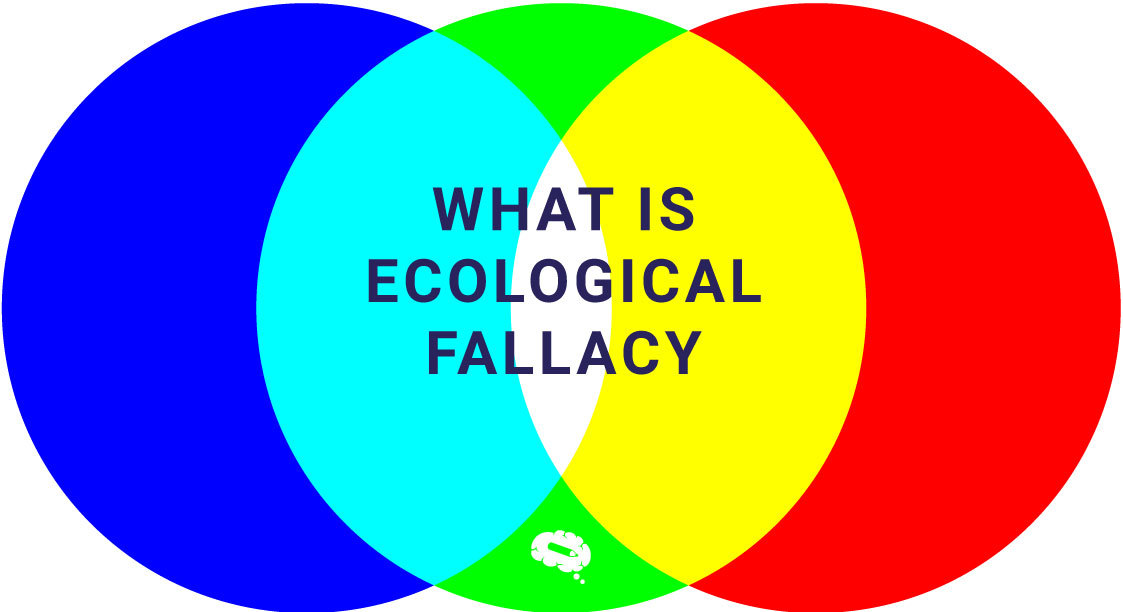When it comes to thinking critically and analyzing ideas, it’s important to be aware of the mistakes that can confuse us and make our reasoning less effective. One of these errors, known as the genetic fallacy, often finds its way into conversations and debates.
The genetic fallacy tricks us into dismissing arguments simply because of where they come from, instead of focusing on what they actually say. By understanding this fallacy and how it affects our thinking, we can get better at judging arguments and making sure our reasoning is strong and logical.
In this Mind the Graph article, readers will have the opportunity to explore the concept of genetic fallacy in greater detail using straightforward examples to aid comprehension.
What Is Genetic Fallacy?
The genetic fallacy is a logical fallacy that occurs when the validity or truthfulness of a claim or argument is dismissed solely based on its origin or history, rather than evaluating the actual merits of the claim itself. This fallacy incorrectly assumes that the source or origin of an idea automatically determines its correctness or value.
Instead of critically analyzing the evidence, reasoning, or logic behind a claim, the genetic fallacy focuses on its origin, association, or how it came into existence. It suggests that if something is derived from an unreliable or questionable source, it must also be unreliable or false.
It is important to note that the origins or associations of a claim do not necessarily invalidate its truthfulness. Evaluating the content and evidence provided within the claim itself is crucial for making a sound judgment. By relying solely on the genetic fallacy, one can overlook valid arguments or ideas simply because of their origin, leading to flawed reasoning and conclusions.
Understanding and identifying the genetic fallacy can help individuals engage in more rational and logical discussions by focusing on the relevant factors rather than being swayed by irrelevant aspects such as the source or origin of an argument.
Why Is Genetic Fallacy Not Always Considered A Fallacy?
The classification of the genetic fallacy as a fallacy is widely accepted in the field of logic and critical thinking. However, there are differing perspectives on this matter. Some arguments challenge the traditional view, suggesting that the genetic fallacy is not always a fallacy.
Proponents of this point of view argue that the source or origin of information can sometimes be relevant in assessing its credibility or reliability. They contend that certain contexts or cases exist where considering the source can be a valid and legitimate factor in evaluating an argument.
For instance, the credibility of a scientific study may come into question if there is evidence of potential bias or a conflict of interest. In such instances, proponents of this view argue that considering the source can contribute to the assessment of the study’s reliability.
It is important to note, however, that the majority consensus within logical and critical thinking frameworks still considers the genetic fallacy a fallacy. It is viewed as an error in reasoning to dismiss an argument solely based on its origin, rather than engaging with the content, evidence, and logic presented within the argument itself.
10 Genetic Fallacy Examples
Here are ten examples of the genetic fallacy:
- Dismissing a scientific theory because the scientist who proposed it has a controversial personal background.
- Rejecting a political argument solely based on the political party or affiliation of the person making the argument.
- Discrediting a news article simply because it originated from a tabloid or gossip magazine.
- Ignoring the ideas put forth in a book because the author is known for holding unconventional or unpopular beliefs.
- Rejecting a product recommendation solely because it comes from a competitor or a rival company.
- Dismissing a historical fact because it was written in a book published many years ago and is considered outdated.
- Rejecting a philosophical argument because it stems from a religious text, assuming it must be biased or illogical.
- Dismissing an idea or proposal because it originated from a particular culture or ethnic group.
- Discrediting a scientific study because it was funded by a pharmaceutical company, assuming biased results.
- Rejecting a statement or claim simply because it was made by a person who is known for spreading misinformation or conspiracy theories.
How To Avoid Genetic Fallacy?
To avoid the genetic fallacy, follow these simple tips:
- Judge the argument, not the source: Instead of dismissing an argument based on where it comes from, focus on the actual content and reasoning presented.
- Look for logical errors: Pay attention to any flaws in the argument’s reasoning or evidence, rather than making judgments based on its origin.
- Consider different perspectives: Explore various sources and viewpoints to gain a broader understanding of the issue and avoid relying solely on one source.
- Evaluate the evidence: Assess the quality and relevance of the evidence provided in the argument, regardless of where it comes from.
- Think critically: Develop your critical thinking skills to independently analyze arguments based on their logical coherence and consistency.
Conclusion
In conclusion, understanding and recognizing the genetic fallacy is crucial for individuals seeking to sharpen their critical thinking skills and avoid errors in their reasoning. The genetic fallacy, which involves dismissing arguments based on their origin rather than their content, has the potential to mislead and hinder productive discussions.
By prioritizing the merits of an argument, such as its evidence, reasoning, and logical coherence, individuals can ensure that their judgments are grounded in sound principles rather than extraneous factors. The provided examples illustrate how the genetic fallacy can manifest in various domains, including politics, science, and cultural perspectives.
Over 75,000 Accurate Scientific Figures To Boost Your Impact
Supercharge your scientific impact with Mind the Graph! Access over 75,000 scientifically accurate figures and create stunning visuals effortlessly. Customize graphics, charts, and diagrams with ease, even without design skills. Communicate complex research with captivating precision. Elevate your scientific communication and make an unforgettable impression. Join Mind the Graph now and revolutionize the way you present your research!


Subscribe to our newsletter
Exclusive high quality content about effective visual
communication in science.




